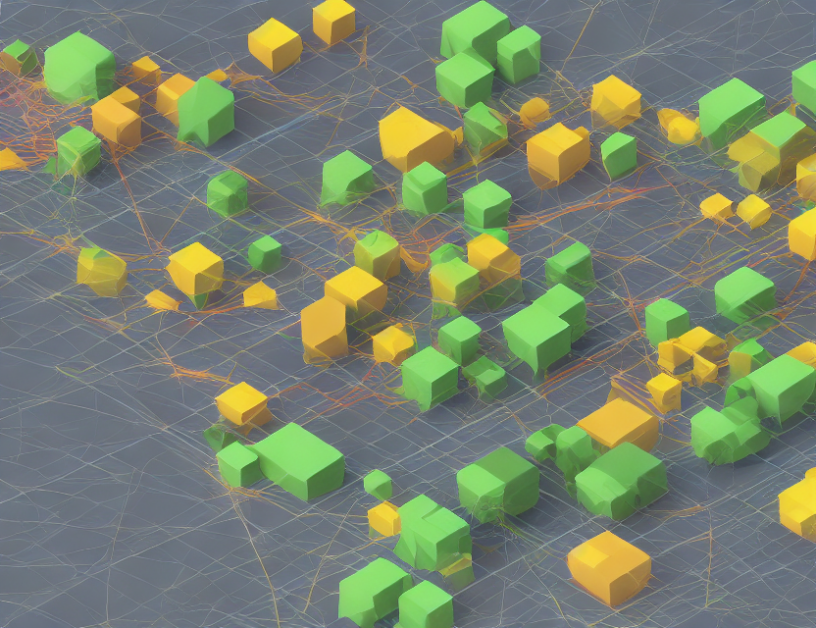In this article, we delve into the intricacies of nonlinear representation learning, a fundamental concept in deep learning. By breaking down complex theories into relatable analogies and metaphors, we aim to demystify these concepts and make them accessible to a wider audience.
- Introduction
Imagine you’re trying to communicate with someone who speaks a different language. You could use simple words and phrases, but eventually, you’ll need to learn the nuances of their language to truly connect. Similarly, in deep learning, nonlinear representation learning is like learning a new language for your machine to understand and interpret data. - Nonlinear Representation Learning
Think of a neural network as a towering castle with multiple rooms. Each room represents a different concept or idea, and the connections between these rooms are like corridors that allow information to flow smoothly. In nonlinear representation learning, we modify these corridors to better suit our needs by adding or removing doors, stairs, and other features. - Local Structure
Now imagine you’re in one of those castle rooms, surrounded by intricate stone carvings that represent local structure. These carvings are like the tiny details within a larger concept, and they help your machine understand how different pieces fit together. By understanding local structure, we can better comprehend how these pieces interact and create more accurate representations. - Information Bottleneck
Imagine you’re trying to compress a large file into a smaller one while preserving its essential information. This is similar to what an information bottleneck does in nonlinear representation learning – it streamlines the data by discarding unnecessary details, allowing the machine to focus on the most crucial aspects. - Applications
Now, imagine you’re using this compressed data to build a new towering castle, but instead of just stacking blocks, you’re crafting them into a intricate structure with multiple levels and rooms. This is how nonlinear representation learning can be applied in various deep learning tasks, such as image recognition, natural language processing, and more. - Conclusion
In conclusion, nonlinear representation learning is a vital component of deep learning that enables machines to comprehend complex data by modifying their internal structures and improving information flow. By understanding the dynamics of this process and its applications, we can unlock new possibilities in artificial intelligence research and development.



